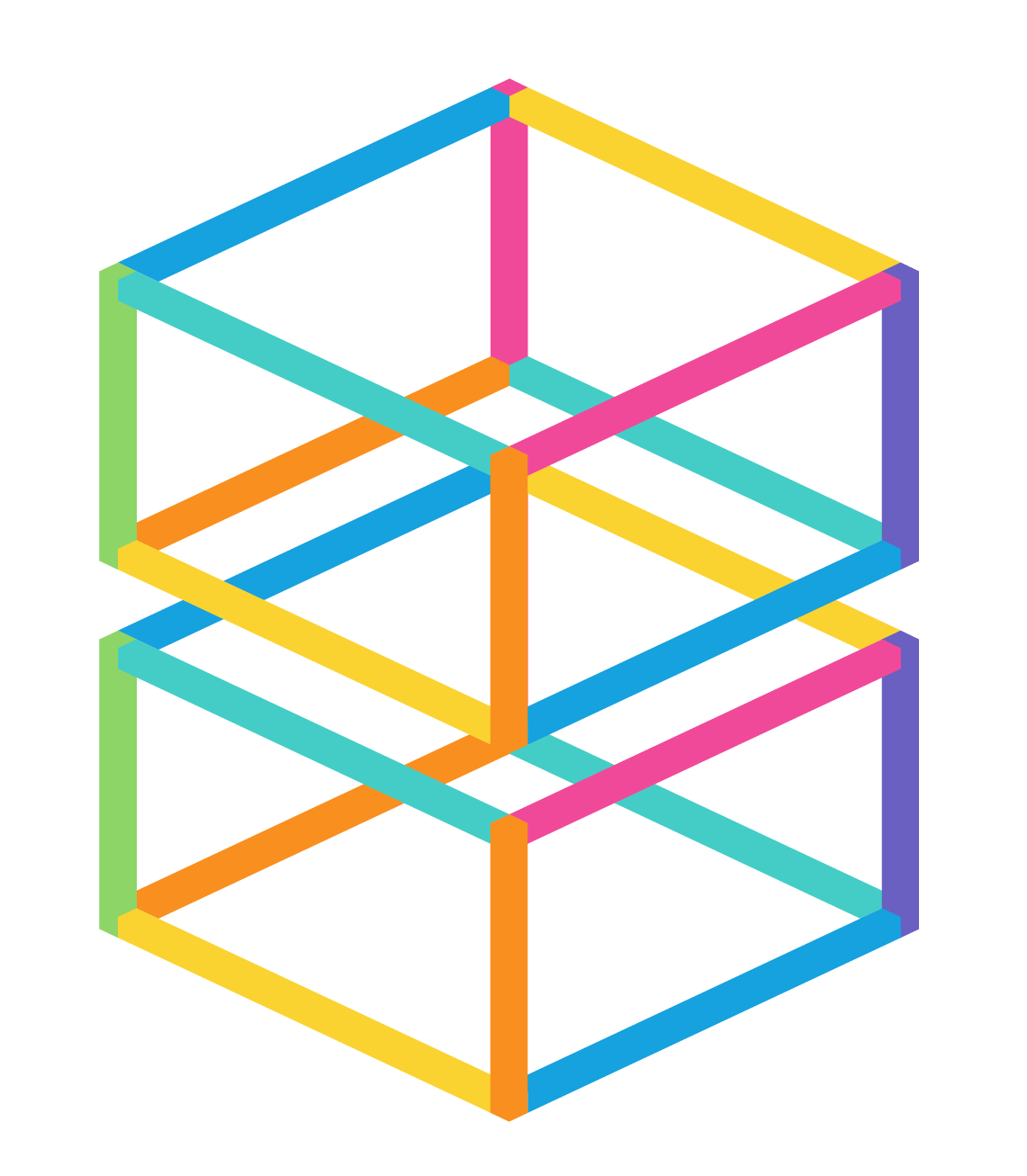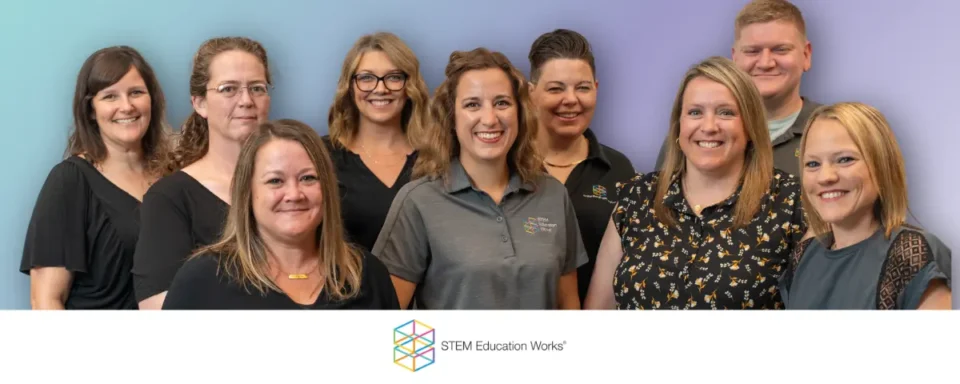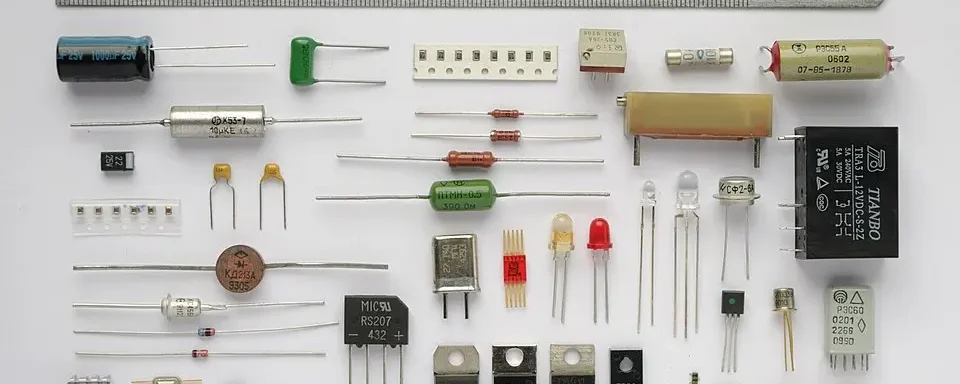
You’ve got a STEM space. Now what?
July 17, 2025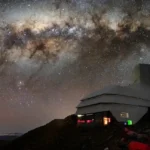
Scanning the Skies with the New Vera C. Rubin Observatory
August 1, 2025Every loop, launch, and hairpin turn on a roller coaster is more than a thrill ride. It’s a symphony of physics, engineering, and creative design … and it all starts with STEM. On National Roller Coaster Day, we’re diving into the science behind what makes these adrenaline-pumping machines possible and how educators can bring the excitement of coaster engineering into their classrooms.
The First Roller Coasters: From Ice Slides to Engineering Feats
Believe it or not, the earliest roller coasters weren’t made of steel or wood. They were made of ice. In 17th-century Russia, thrill-seekers slid down icy slopes on sleds, marking the beginning of the first generation of gravity-powered rides.
Fast-forward to 1884, when inventor LaMarcus Adna Thompson debuted the Switchback Railway at Coney Island. This wooden coaster, which maxed out at 6 miles per hour, was the first of its kind in America. But what it lacked in speed, it made up for in impact, igniting a fascination with ride engineering that’s only grown stronger with time.
Physics in Motion: The STEM Behind Every Scream
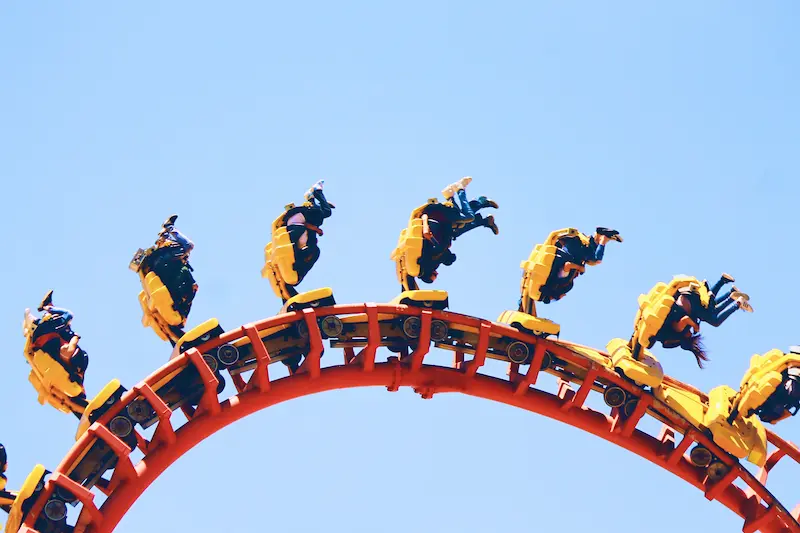
Roller coasters are playgrounds for physics. Each ride is a real-world demonstration of Newton’s Laws of Motion, potential and kinetic energy, and g-forces.
- Gravity pulls the coaster down the first hill.
- Kinetic energy builds as the train speeds up.
- Inertia keeps riders moving through twists and loops.
- Centripetal force holds cars on the track during tight turns.
Engineers balance thrill and safety using complex calculations, simulations, and materials science. Roller coasters are a great example of how math and science can connect in the real world.
Record-Breaking Rides: Engineering on the Edge
- Kingda Ka at Six Flags Great Adventure (New Jersey) towers at 456 feet and rockets to 128 mph in just over 3 seconds.
- Formula Rossa in Abu Dhabi hits an astonishing 149 mph, thanks to hydraulic launch systems similar to those on aircraft carriers.
- Modern coasters utilize magnetic brakes, carbon-fiber structures, and precision sensors to deliver smoother, faster, and safer experiences.
These feats are both entertaining and engineering marvels, perfect for demonstrating to students the possibilities of real-world problem-solving.
Classroom Coasters: Build, Test, Redesign, Repeat

Want to bring the thrill into your classroom? You don’t need steel tracks or million-dollar budgets.
Try this:
- Design challenge: Have students create their own roller coasters using paper, marbles, cardboard, or straws.
- 3D Printing & CAD: Utilize design software to model coaster components and print them using classroom printers.
- Energy experiments: Use motion sensors or video analysis to study velocity and acceleration.
Activities like these align with NGSS (Next Generation Science Standards) and the engineering design process, encouraging iteration and creative thinking.
Why It Matters: STEM That Moves Students, Literally

Roller coasters capture the heart of what we believe at STEM Education Works: learning should be engaging, immersive, and unforgettable. When students apply science to something they feel, like gravity pulling them down a slope, they connect theory with real-world relevance.
This National Roller Coaster Day, celebrate the STEM behind the screams. Launch a design challenge. Take a virtual field trip to a record-breaking ride. Or just ask your students: “What would your dream roller coaster look like, and how would it work?”
Ready to bring the future of thrill rides to your classroom?
Reach out to STEM Education Works! We’d love to answer any questions you have, help you build a dedicated STEM space, or integrate tools like 3D printers to spark STEM interest in your students.
STEM Education Works provides educators and youth advocates with the hands-on tools, curriculum, and training to bring STEM learning to life. From coding and robotics to 3D printing and laser cutting, their solutions spark curiosity, build real-world skills, and prepare students for the future. Learn more about what we do through our socials, Facebook, Twitter, Youtube, LinkedIn, Instagram, and TikTok.
